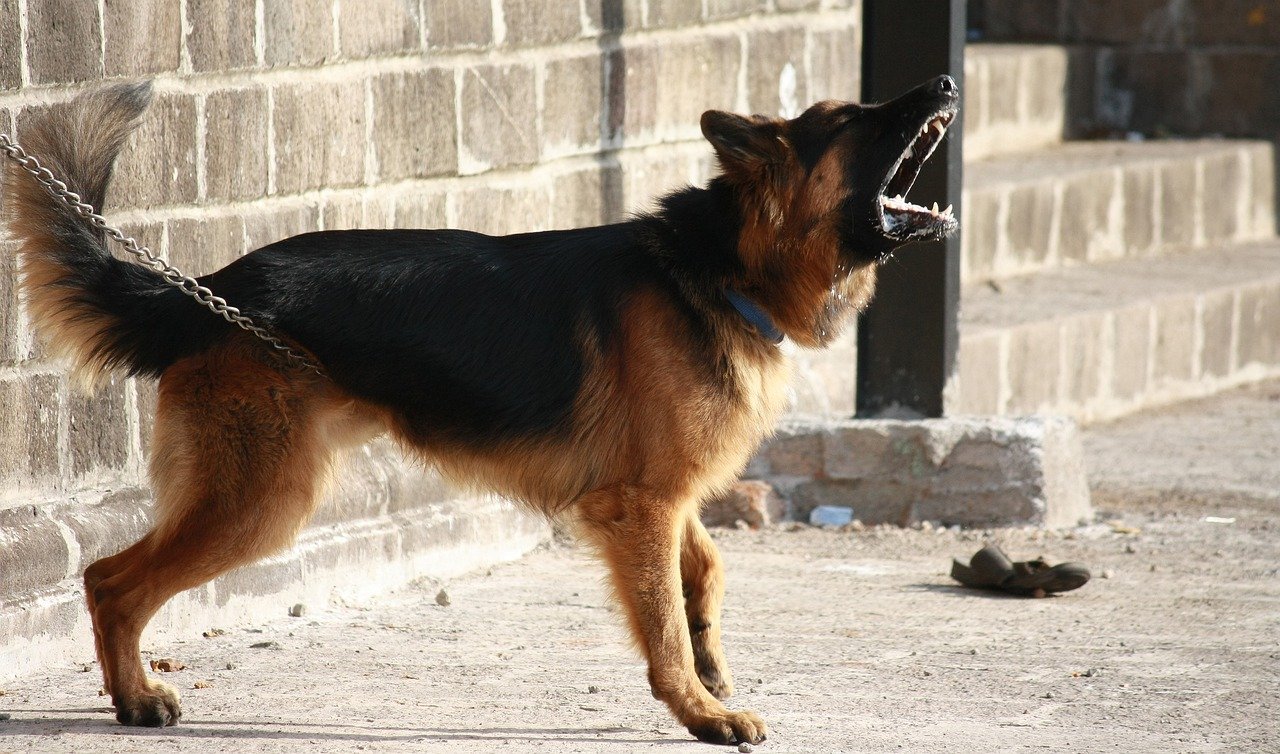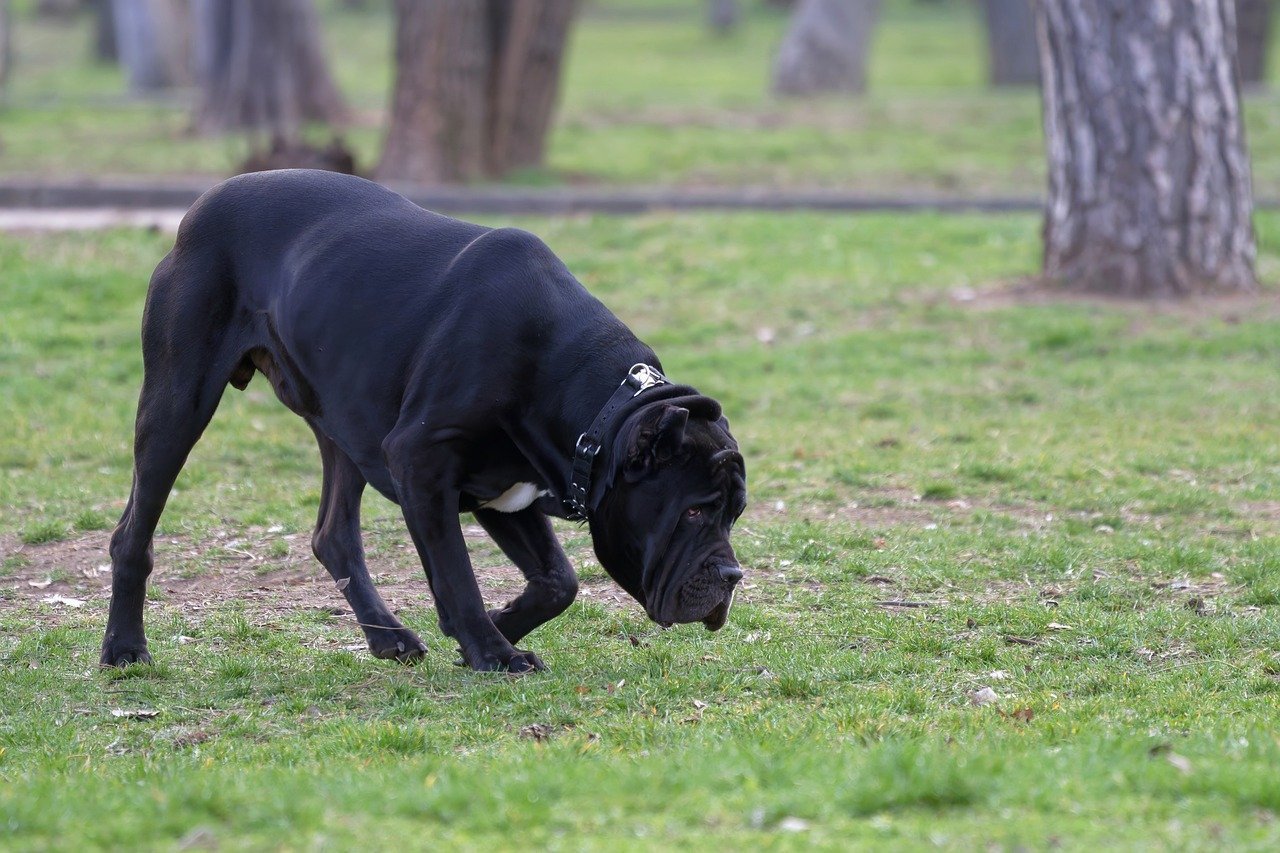Have you ever caught your dog staring at you with those soulful eyes, tilting their head just so, and wondered, “What are they trying to say?” The truth is, our dogs are constantly communicating with us, often in ways that are subtle, surprising, and easy to miss. Imagine if you could unlock the secret language of your beloved pet—what would you discover about their needs, their fears, or even their happiness? Missing these signals can mean missing out on crucial information about your dog’s well-being and emotional state. Let’s dive into the fascinating world of canine communication and see if you’re really listening to what your furry friend is trying to tell you.
Body Language: The Silent Conversation
Dogs are masters of body language. Every wag, stretch, and ear twitch can carry a message. A relaxed tail and soft eyes signal contentment, while a tucked tail or lowered head might reveal fear or submission. Sometimes, a dog may yawn or lick its lips, not because they’re tired or hungry, but because they feel stressed or uneasy. Watch for subtle cues—like the way your dog leans into you for comfort or turns away from something they dislike. Learning to read these signals is like learning a new language, one that deepens your bond and helps you respond to your dog’s needs more effectively.
Barking and Whining: More Than Just Noise

It’s easy to dismiss barking or whining as simple noise, but these vocalizations are often your dog’s way of getting your attention or expressing an emotion. A high-pitched, repetitive bark can mean excitement or a call to play, while a low, drawn-out bark might indicate a warning or discomfort. Whining can be a plea for help, attention, or even a sign of pain. Pay attention to the context—does your dog bark when you leave the house, or whine at the window when they spot another animal? These are their attempts to communicate something important to you.
Tail Wagging: Not Always a Sign of Happiness

Most people think a wagging tail equals a happy dog, but it’s not always so simple. The speed, height, and direction of the wag all matter. A broad, loose wag often means joy, especially when the whole body wiggles along. But a slow or stiff wag, especially with a tense body, can signal anxiety or uncertainty. Sometimes, a tail held high and wagged rapidly can even be a sign of agitation. By observing the full picture—tail, body, and facial expression—you can better understand the true message your dog is sending.
Eye Contact: Windows to Their Feelings

Dogs use their eyes in powerful ways to communicate. Soft, lingering eye contact can be a sign of trust and affection, a silent message that your dog feels safe. But if your dog avoids your gaze, blinks rapidly, or shows the whites of their eyes, it could mean they’re scared or anxious. Staring intensely can also signal a challenge or discomfort, depending on the situation. Learning to interpret these cues helps you respond in ways that make your dog feel understood and secure.
Pawing, Nudging, and Leaning: Physical Touch with Meaning
When your dog puts their paw on your knee, nudges your hand, or leans their whole weight against you, they’re speaking volumes. These gestures often mean, “I want your attention,” or “I need comfort.” Sometimes, a dog will paw at you when they’re anxious or unsure, seeking reassurance. Leaning into you is usually a sign of trust and affection, as if your dog is saying, “I feel safe with you.” These touches are their way of bridging the communication gap between species.
Unusual Behaviors: Red Flags for Health or Anxiety

Dogs sometimes act out of character to get a message across. Maybe your usually calm pup suddenly starts destroying furniture, or a once-playful dog becomes withdrawn. These changes can be a cry for help, signaling pain, illness, or emotional distress. Don’t ignore sudden shifts in appetite, sleep, or energy levels—they can be your dog’s way of telling you something is wrong. Responding promptly to these signs can make a world of difference for your dog’s well-being.
Play Bows and Zoomies: Joy in Motion
When your dog drops into a play bow—front legs stretched forward, tail in the air—they’re inviting you or another dog to play. It’s a classic sign of happiness and excitement. Those wild bursts of running known as “zoomies” are also expressions of pure joy or relief after a stressful event. Join in, laugh, and celebrate these happy moments. They’re not just fun to watch—they’re your dog’s way of sharing their delight with you.
Sniffing and Scent Marking: Messages in Every Step

If your dog seems obsessed with sniffing everything during walks, they’re not just being distracted—they’re reading and leaving messages. Dogs have an incredible sense of smell, and sniffing is their way of gathering information about their environment and other animals. Scent marking, like peeing on certain spots, is their way of saying, “I was here.” Respect your dog’s need to explore the world this way; it’s how they communicate and feel at home in their surroundings.
Separation Anxiety: The Silent Suffering
Does your dog bark, howl, or destroy things when you leave the house? Separation anxiety is a loud, heartbreaking message that your dog is struggling without you. It can show up as pacing, drooling, or even accidents indoors. This isn’t bad behavior—it’s a serious emotional issue that deserves compassion and patience. Gradual training, comforting routines, and sometimes the help of a professional can ease your dog’s distress and make both of your lives happier.
Responding to Your Dog: Building a Stronger Bond
Understanding your dog’s signals isn’t just about avoiding problems—it’s about nurturing a deeper relationship. Respond to their cues with patience and empathy. Offer comfort when they’re scared, celebrate with them when they’re excited, and seek help if something seems wrong. The more you pay attention, the more your dog will trust you and open up. Your dog is always talking—are you listening?
Your dog might not speak your language, but they’re constantly communicating through body language, behavior, and little everyday actions. Tuning into those signals can deepen your bond and help you meet their needs more fully. Whether it’s a subtle change in energy or a new habit, they’re trying to tell you something. So take a closer look—your pup’s got plenty to say, and they’re counting on you to listen.






